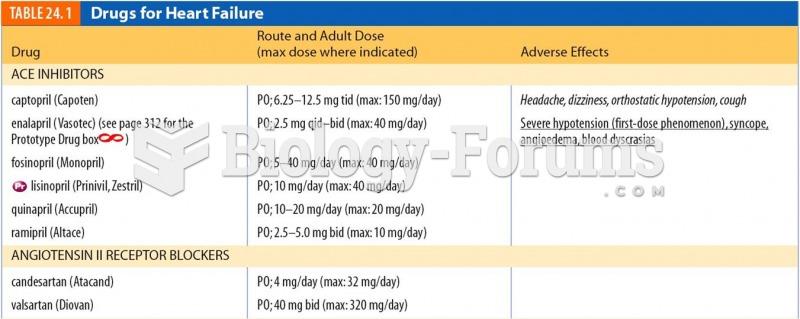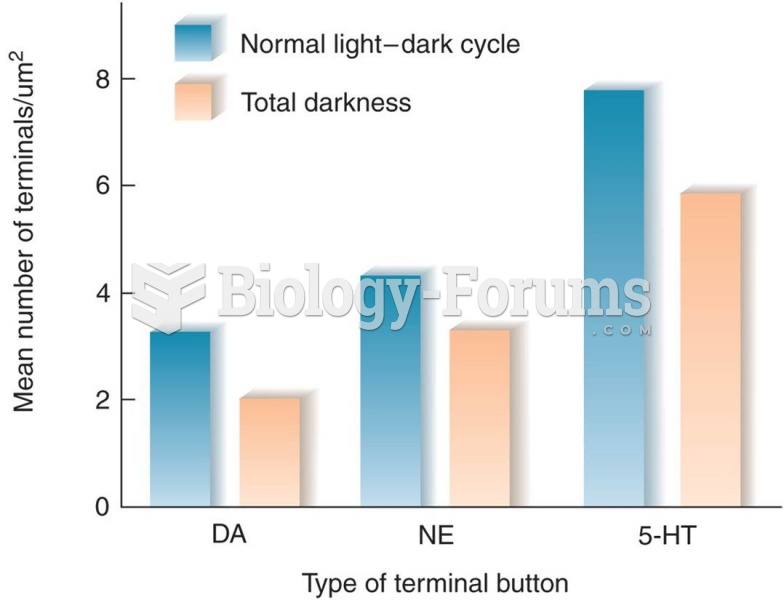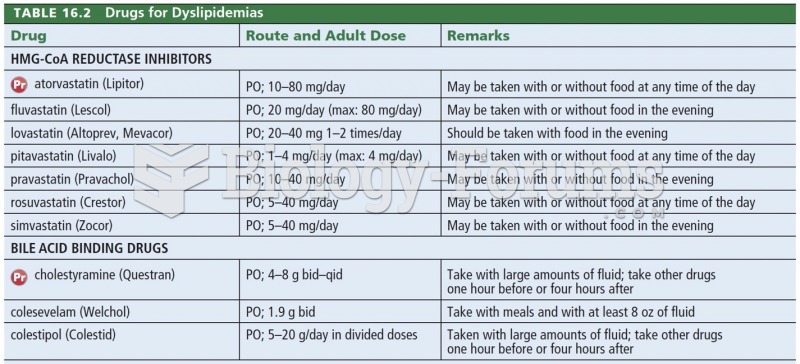Answer to Question 1
d
Answer to Question 2
Although most cases are disposed of by a guilty plea, an important 2 percent to 10 percent of defendants are tried. Cases go to trial when the parties cannot settle a case through negotiation. In large measure, the factors that shape plea bargainingthe strength of the prosecutor's case and the severity of the penaltyare the same ones that enter into the decision to go to trial. Defense attorneys recommend a trial when the risks of trial are low and the possible gains are high. This broad calculation leads to two very different types of trial cases. In one, the possible gains for the defendant are high because of the chance of an acquittal. A second category of cases going to trial involves situations in which the prison sentence will be high. Not all trial cases are the result of such rational calculations. Some defendants insist on a trial, no matter what. The net effect of these considerations is that some types of cases are more likely to go to trial than others. Property offenses are much less likely to go to trial than homicide, sexual assault, or robbery. Mather (1974a) suggests that property crimes are least likely to go to trial because the state is apt to have a strong case (usually buttressed by the presence of indisputable physical evidence) and the prison sentence will not be long (see also, Bibas 2004). Serious crimes such as murder, rape, and robbery are much more likely to be tried. In some crimes of violence, reasonable doubt may exist because the victim may have provoked the attack. Moreover, a convicted defendant is likely to serve a long prison term and is therefore more disposed to take a chance on an outright acquittal. Although most defendants plead guilty, a significant minority of cases do go to trial. As previously indicated, it is a common assumption in courthouses around the nation that defendants who do not enter a plea of guilty can expect to receive harsher sentences. Typically called the jury trial penalty, the notion reflects the philosophy, He takes some of my time, I take some of his.. Several studies provide empirical support for these courthouse perceptions (Brereton and Casper 19811982; Freiburger and Hilinski, 2013).







